Emotional Spaniard thanks team after US Open success. Champion reveals injury fight after 13th slam title.
The root of Rafael Nadal's success was all too obvious on Monday night, and it was not his crazed-gorilla -forehand. Fighting back from love-40 to hold serve, in what proved to be the crucial game of the US Open men's singles final, he looked up in triumph at his players' box.
The entire Nadal family - plus honorary siblings such as physio and confidant Titin Maymo - were leaping about like a Glastonbury crowd. They have been around tennis long enough to recognise a dramatic shift of momentum. And they also know better than anyone how hard Nadal has worked to come back from his seven-month lay-off last year.
"A lot of people have been with me during this period of time, and they were not easy moments," Nadal said after his phenomenal 6-2, 3-6, 6-4, 6-1 victory, which saw him withstand some of the most sparkling attacking tennis that Novak Djokovic has ever played.
"A lot of days I was able to keep working because of them. "When you go to the gym every day and you don't see a positive result, then you lose your energy a little bit. Having those people around me during this period of time was decisive, they give me that positive energy. Without them, it would be impossible to be here today." Nadal is, in essence, a simple creature.
Out of the four men who have shared the last 16 grand slam titles, he is the homeliest and the most connected to his family. He still lives on his native island of Majorca while Roger Federer, Novak Djokovic and Andy Murray have decamped to Dubai, Monte Carlo and Surrey respectively.
His uncle and coach, Toni Nadal, guides him on the smallest details, even encouraging him to wave in appreciation at the travelling supporters who gather at the side of the practice court. Yes, the two men often become engaged in passionate, arm-waving arguments, but this is all part of a hugely successful working relationship.
Where Murray brought in Ivan Lendl to boost his grand slam prospects, and Djokovic recently recruited the former Polish No1 Wojtek Fibak as a "coaching consultant", it is hard to see Nadal ever looking beyond Uncle Toni. What could he possibly want to change? Not only is he -playing with frightening accuracy and power, but he retains the almost childlike passion that has characterised his career since his breakthrough win over Albert Costa at the age of 16.
"I think on court I am a positive player," Nadal said on Monday night. "Whether things are not going well or are going well, I am never very sad or have a negative attitude on court.
"When somebody is winning you need to write [stories], and the people think that something has changed. But the real thing is I am playing well. That's all, no?" So what about those long weeks spent at home with knee trouble -during the second half of 2012, weeks when he could only follow Murray's victory at last year's US Open from his living-room sofa? Did he not question whether he would be able to perform at that level again? Nadal shook his head. "If you have been in the top positions for eight or nine years already, and you stop for seven months, why will you not have the chance to be back there?" the Spaniard replied.
"When I came back to Chile for the first tournament I said: 'Well, the most important thing is be healthy.' With seven months, I am sure that I will not forget how to play tennis." The rest of his entourage were less confident. They could see that, despite the long rest, Nadal was still feeling the same symptoms that had dogged him for the past year. Yet Nadal had one thing he was relying on.
Once he goes out on the match court, he has usually been able to flush away those nagging aches. Competition is his greatest anaesthetic. The magnificent final on Monday night proved that the Spaniard has not lost even an ounce of his resilience, even on the hard courts that used to be his nemesis. Although he did later reaffirm his concern that these jarring surfaces are "very aggressive for the body", it was encouraging that he played the entire tournament without strapping on his knees.
Nadal is often considered a clay-court specialist, and clearly that is his strongest suit. In discussions of his place in tennis history, many have used his French Open titles (now eight and counting, as opposed to five at the other three majors) against him. Yet by winning here in New York, he has begun to redress that balance. And when you look at the four grand slam titles separating him from his greatest rival Federer (who has 17), the gap looks narrower than ever. Nadal was 27 in June.
You would have to imagine that he will win at Roland Garros another couple of times, while his record on hard courts this year - 23 matches, 23 wins - is extraordinary. No one has remained unbeaten on the surface at this late stage of the season since the US??Open shifted from grass in 1978. Unless his form or fitness slumps over the last two months of the season, he will start as favourite to win his second Australian Open in January.
As with Serena Williams, who beat Victoria Azarenka on Sunday to win her 17th grand slam title, it is quite conceivable that Nadal could overtake all his rivals. If he does so, he will all but end the -argument as to the greatest champion in tennis history. He already has the highest winning percentage recorded in the sport (83.72%, to Bjorn Borg's 82.72%), as well as a dominant head-to-head record against every player in the current top 30. As with so many tennis players, everything Nadal has achieved stems from his family.
![submenu-img]() 'Baap re baap': Imtiaz Ali reveals Diljit Dosanjh was scandalised by old women's 'vulgar' improvisation on Chamkila set
'Baap re baap': Imtiaz Ali reveals Diljit Dosanjh was scandalised by old women's 'vulgar' improvisation on Chamkila set![submenu-img]() Viral video: Man educates younger brother about mensuration, internet is highly impressed
Viral video: Man educates younger brother about mensuration, internet is highly impressed![submenu-img]() Taiwan detects seven Chinese military aircraft, five naval vessels near its waters
Taiwan detects seven Chinese military aircraft, five naval vessels near its waters![submenu-img]() This actor, who worked with Karan Johar and Farhan Akhtar, gave superhit shows, saw failed marriage, killed himself at..
This actor, who worked with Karan Johar and Farhan Akhtar, gave superhit shows, saw failed marriage, killed himself at..![submenu-img]() Girl's wedding dance to Haryanvi song interrupted by mother in viral video, internet reacts
Girl's wedding dance to Haryanvi song interrupted by mother in viral video, internet reacts![submenu-img]() DNA Verified: Is CAA an anti-Muslim law? Centre terms news report as 'misleading'
DNA Verified: Is CAA an anti-Muslim law? Centre terms news report as 'misleading'![submenu-img]() DNA Verified: Lok Sabha Elections 2024 to be held on April 19? Know truth behind viral message
DNA Verified: Lok Sabha Elections 2024 to be held on April 19? Know truth behind viral message![submenu-img]() DNA Verified: Modi govt giving students free laptops under 'One Student One Laptop' scheme? Know truth here
DNA Verified: Modi govt giving students free laptops under 'One Student One Laptop' scheme? Know truth here![submenu-img]() DNA Verified: Shah Rukh Khan denies reports of his role in release of India's naval officers from Qatar
DNA Verified: Shah Rukh Khan denies reports of his role in release of India's naval officers from Qatar![submenu-img]() DNA Verified: Is govt providing Rs 1.6 lakh benefit to girls under PM Ladli Laxmi Yojana? Know truth
DNA Verified: Is govt providing Rs 1.6 lakh benefit to girls under PM Ladli Laxmi Yojana? Know truth![submenu-img]() Streaming This Week: Heeramandi, Shaitaan, Manjummel Boys, latest OTT releases to binge-watch
Streaming This Week: Heeramandi, Shaitaan, Manjummel Boys, latest OTT releases to binge-watch![submenu-img]() Remember Ayesha Kapur? Michelle from Black, here's how actress, nutrition coach, entrepreneur looks after 19 years
Remember Ayesha Kapur? Michelle from Black, here's how actress, nutrition coach, entrepreneur looks after 19 years![submenu-img]() Remember Heyy Babyy's cute 'Angel' Juanna Sanghvi? 20 year-old looks unrecognisable now, fans say 'her comeback will...'
Remember Heyy Babyy's cute 'Angel' Juanna Sanghvi? 20 year-old looks unrecognisable now, fans say 'her comeback will...'![submenu-img]() In pics: Arti Singh stuns in red lehenga as she ties the knot with beau Dipak Chauhan in dreamy wedding
In pics: Arti Singh stuns in red lehenga as she ties the knot with beau Dipak Chauhan in dreamy wedding![submenu-img]() Actors who died due to cosmetic surgeries
Actors who died due to cosmetic surgeries![submenu-img]() DNA Explainer: Why Harvey Weinstein's rape conviction was overturned, will beleaguered Hollywood mogul get out of jail?
DNA Explainer: Why Harvey Weinstein's rape conviction was overturned, will beleaguered Hollywood mogul get out of jail?![submenu-img]() What is inheritance tax?
What is inheritance tax?![submenu-img]() DNA Explainer: What is cloud seeding which is blamed for wreaking havoc in Dubai?
DNA Explainer: What is cloud seeding which is blamed for wreaking havoc in Dubai?![submenu-img]() DNA Explainer: What is Israel's Arrow-3 defence system used to intercept Iran's missile attack?
DNA Explainer: What is Israel's Arrow-3 defence system used to intercept Iran's missile attack?![submenu-img]() DNA Explainer: How Iranian projectiles failed to breach iron-clad Israeli air defence
DNA Explainer: How Iranian projectiles failed to breach iron-clad Israeli air defence![submenu-img]() 'Baap re baap': Imtiaz Ali reveals Diljit Dosanjh was scandalised by old women's 'vulgar' improvisation on Chamkila set
'Baap re baap': Imtiaz Ali reveals Diljit Dosanjh was scandalised by old women's 'vulgar' improvisation on Chamkila set![submenu-img]() This actor, who worked with Karan Johar and Farhan Akhtar, gave superhit shows, saw failed marriage, killed himself at..
This actor, who worked with Karan Johar and Farhan Akhtar, gave superhit shows, saw failed marriage, killed himself at..![submenu-img]() Did you know Ranveer Singh's grandmother was popular actress? Worked with Raj Kapoor; her career affected due to...
Did you know Ranveer Singh's grandmother was popular actress? Worked with Raj Kapoor; her career affected due to...![submenu-img]() India's highest-paid TV actress began working at 8, her Bollywood films flopped, was seen in Bigg Boss 1, now charges...
India's highest-paid TV actress began working at 8, her Bollywood films flopped, was seen in Bigg Boss 1, now charges...![submenu-img]() Shreyas Talpade wonders if his heart attack was due to Covid vaccine: 'We don’t know what we have taken inside...'
Shreyas Talpade wonders if his heart attack was due to Covid vaccine: 'We don’t know what we have taken inside...'![submenu-img]() IPL 2024: Faf du Plessis, Virat Kohli help Royal Challengers Bengaluru defeat Gujarat Titans by 4 wickets
IPL 2024: Faf du Plessis, Virat Kohli help Royal Challengers Bengaluru defeat Gujarat Titans by 4 wickets![submenu-img]() IPL 2024: Why is Sai Kishore not playing today's RCB vs GT match?
IPL 2024: Why is Sai Kishore not playing today's RCB vs GT match?![submenu-img]() 'Mumbai Indians ki kahani khatam': Ex-India star slams Hardik Pandya after MI's loss to KKR at Wankhede
'Mumbai Indians ki kahani khatam': Ex-India star slams Hardik Pandya after MI's loss to KKR at Wankhede![submenu-img]() LSG vs KKR, IPL 2024: Predicted playing XI, live streaming details, weather and pitch report
LSG vs KKR, IPL 2024: Predicted playing XI, live streaming details, weather and pitch report![submenu-img]() LSG vs KKR IPL 2024 Dream11 prediction: Fantasy cricket tips for Lucknow Super Giants vs Kolkata Knight Riders
LSG vs KKR IPL 2024 Dream11 prediction: Fantasy cricket tips for Lucknow Super Giants vs Kolkata Knight Riders![submenu-img]() Viral video: Man educates younger brother about mensuration, internet is highly impressed
Viral video: Man educates younger brother about mensuration, internet is highly impressed![submenu-img]() Girl's wedding dance to Haryanvi song interrupted by mother in viral video, internet reacts
Girl's wedding dance to Haryanvi song interrupted by mother in viral video, internet reacts![submenu-img]() Viral video: Man fearlessly grabs dozens of snakes, internet is scared
Viral video: Man fearlessly grabs dozens of snakes, internet is scared![submenu-img]() This mysterious mobile phone number was suspended after three users...
This mysterious mobile phone number was suspended after three users...![submenu-img]() School principal, teacher engage in physical altercation in Agra, video goes viral
School principal, teacher engage in physical altercation in Agra, video goes viral
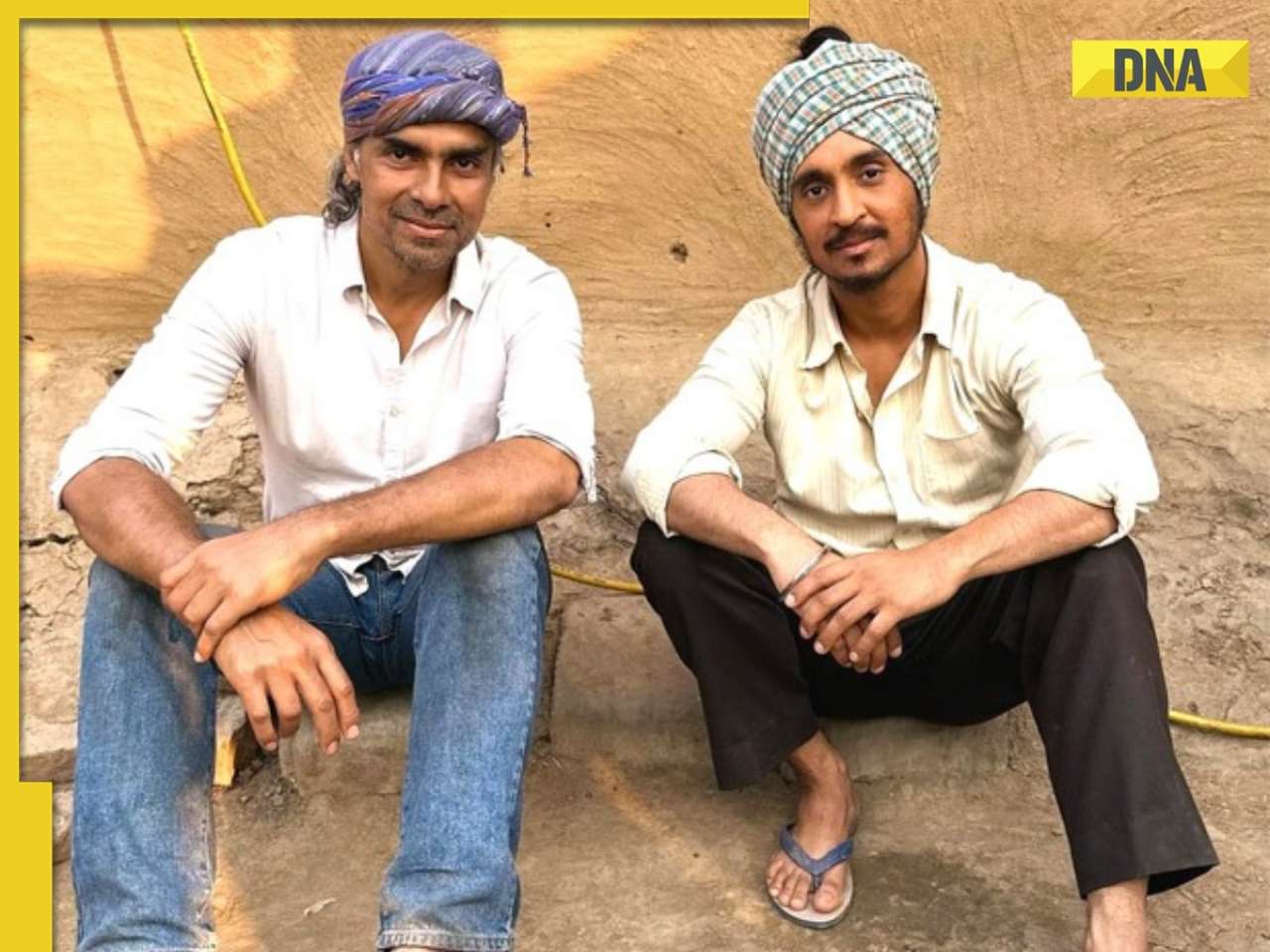
























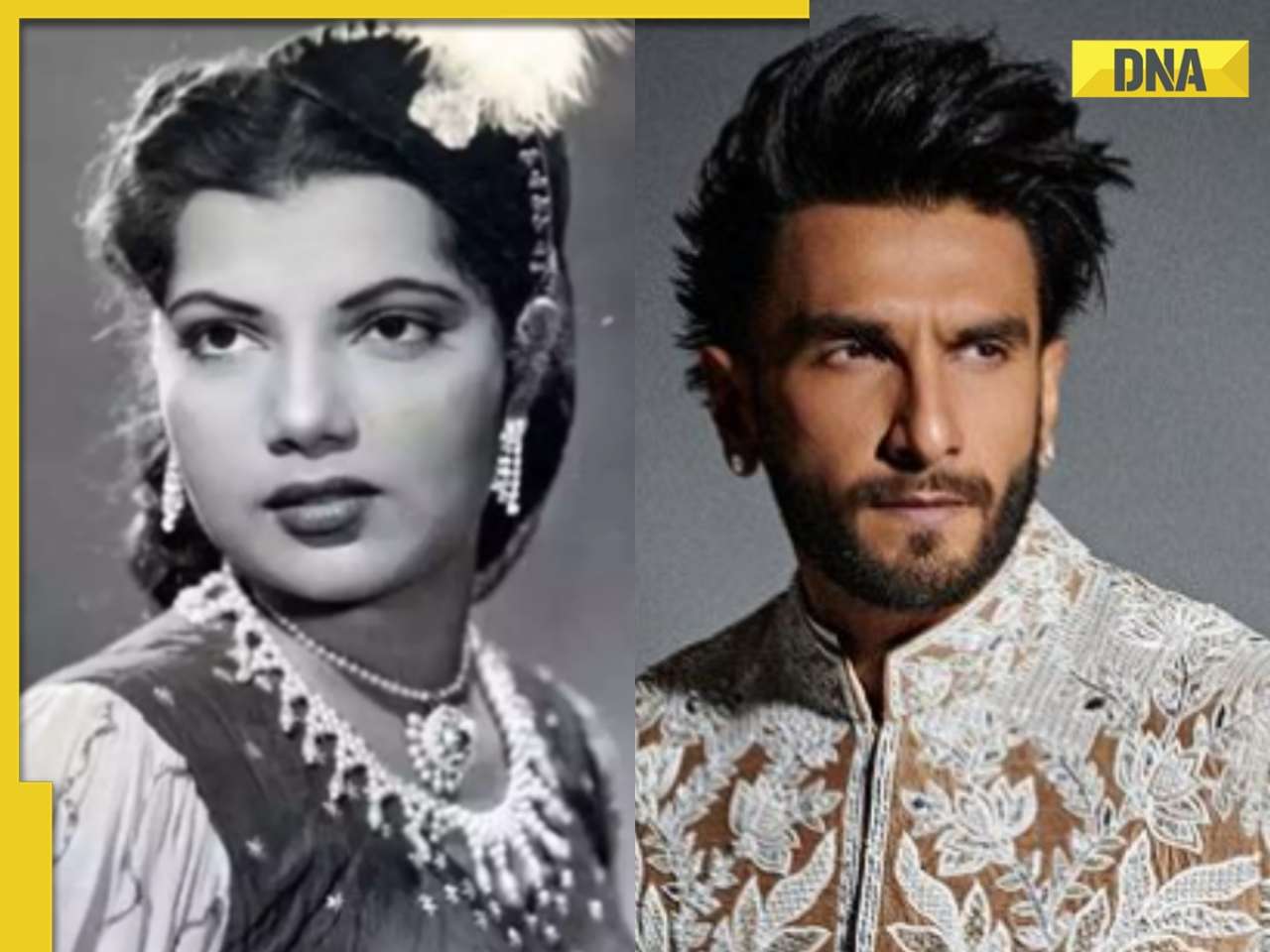

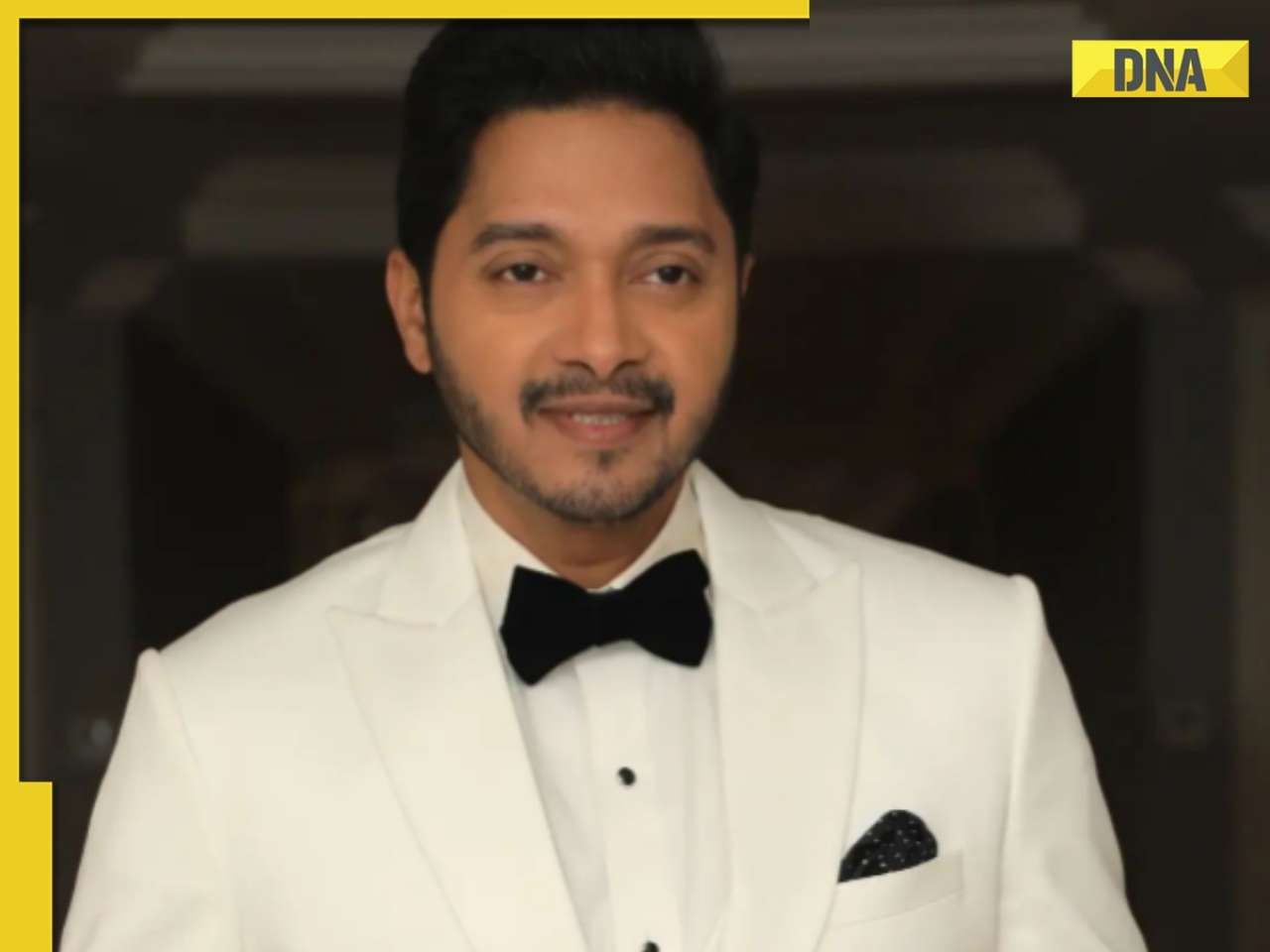
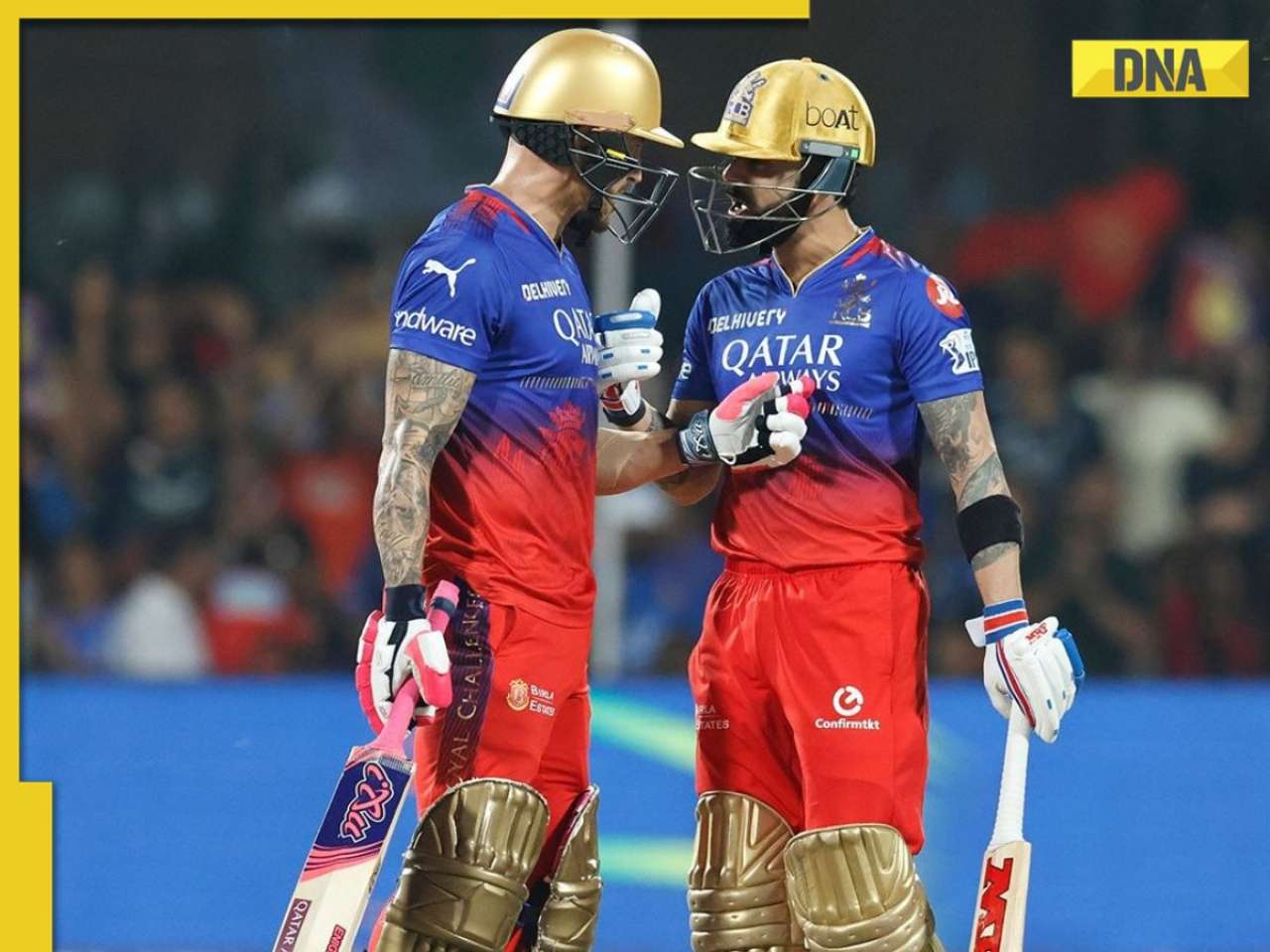
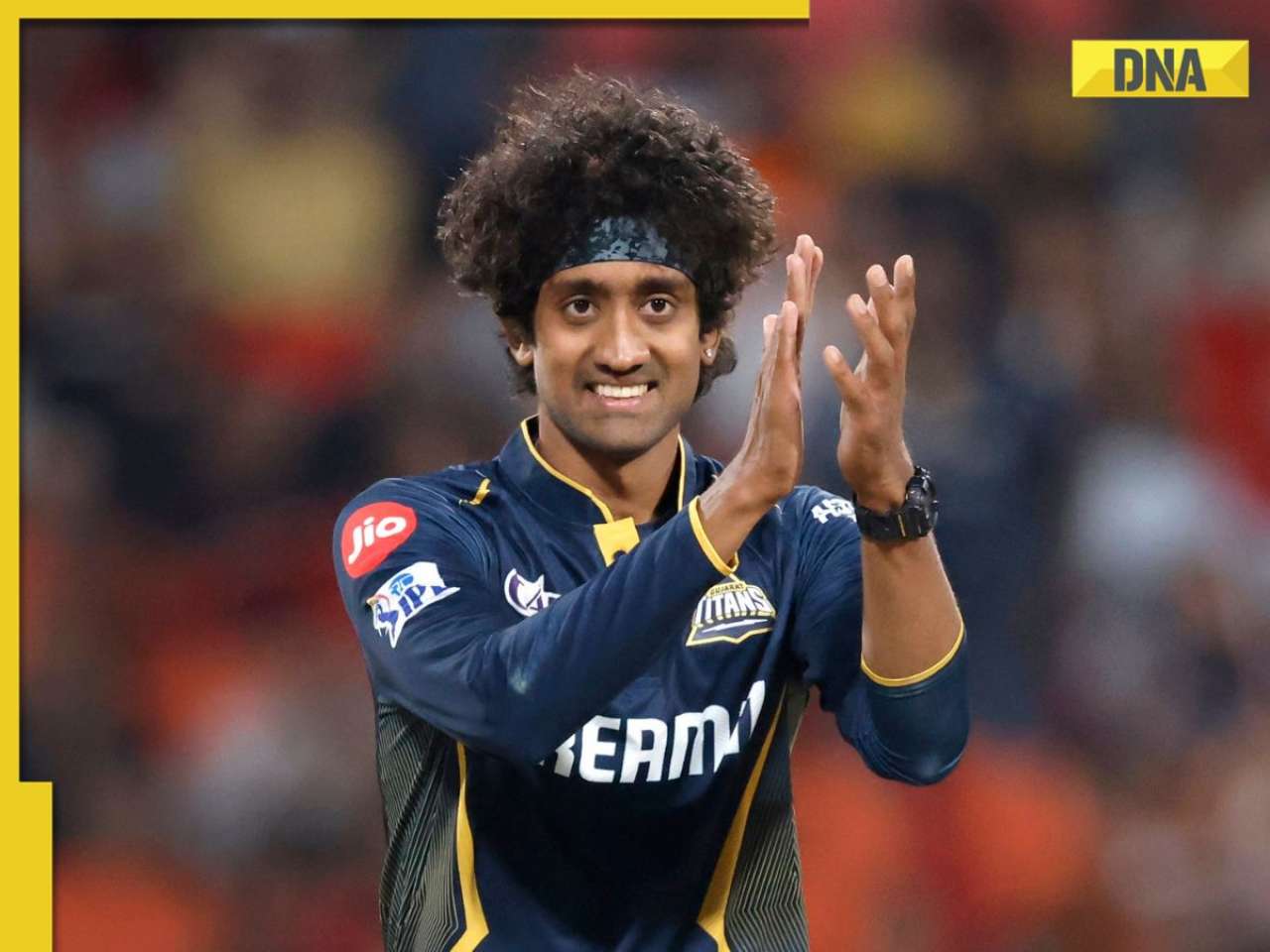

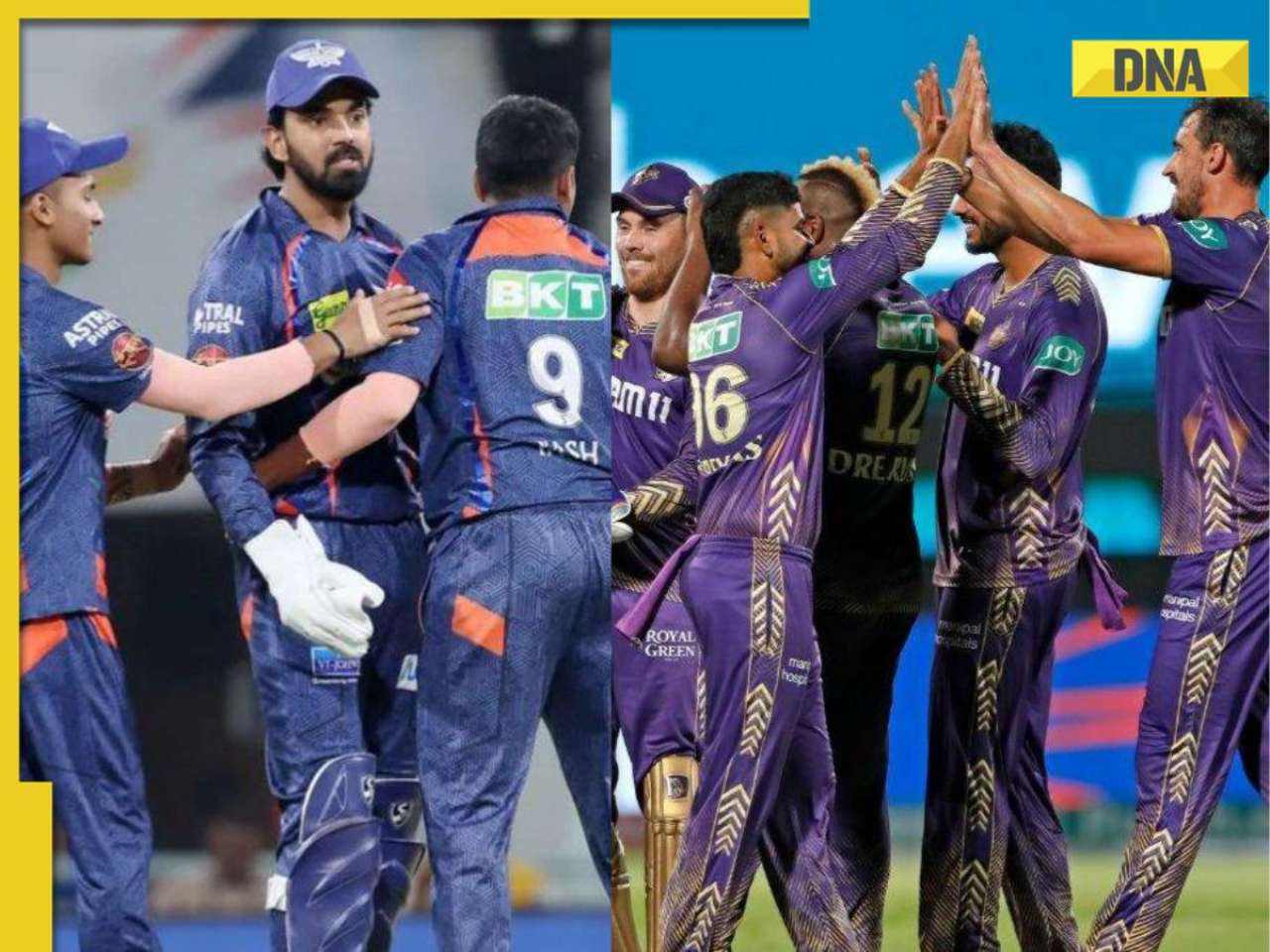
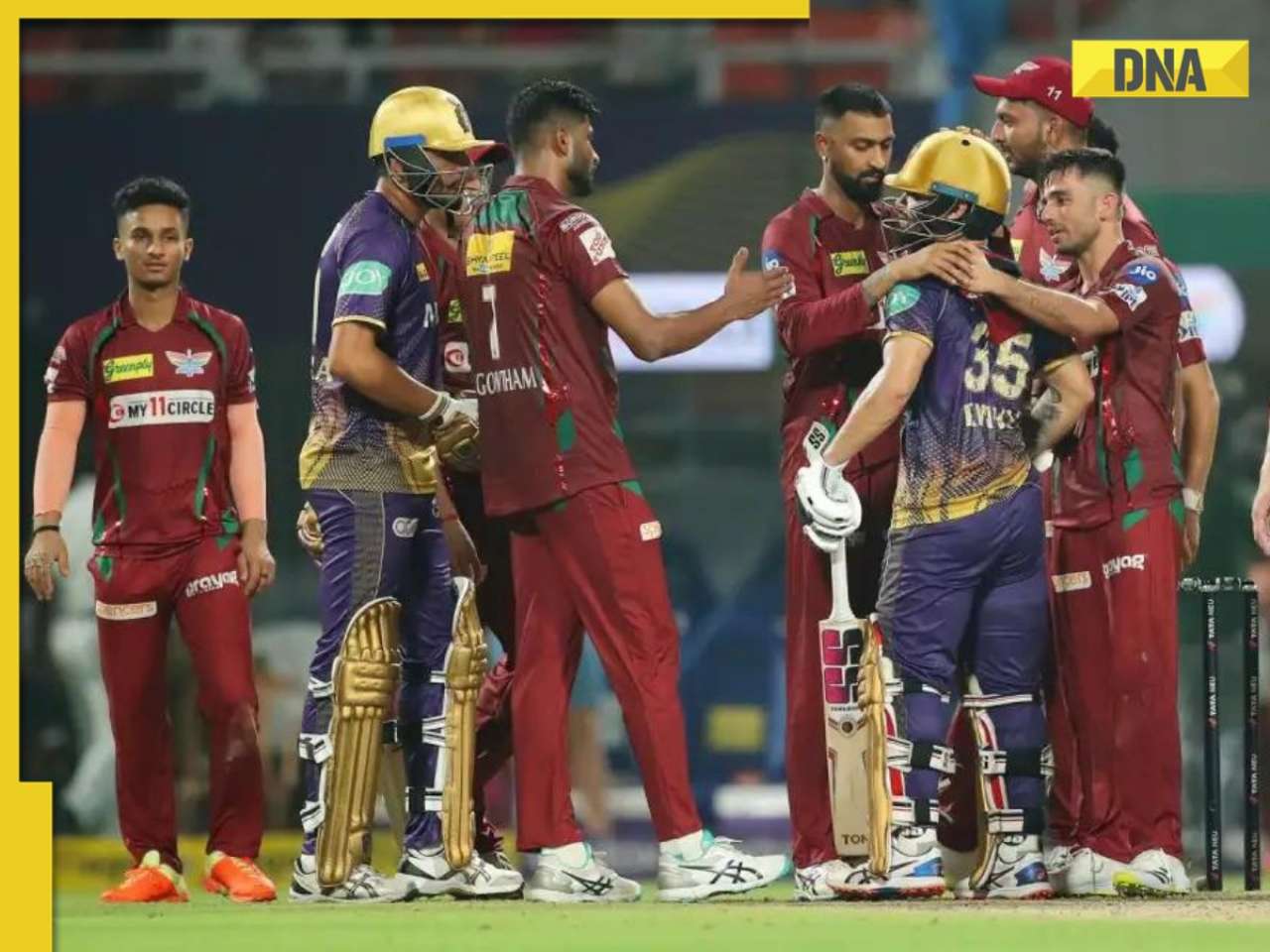




)









)
)
)
)
)
)